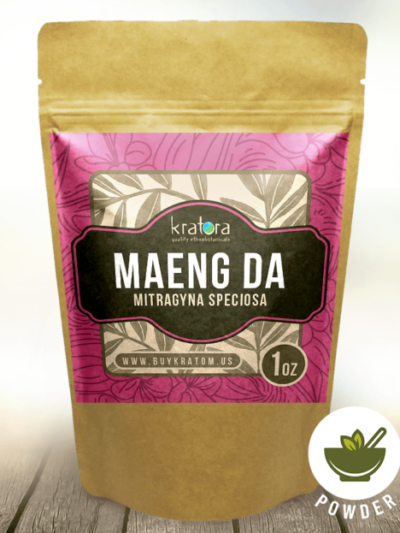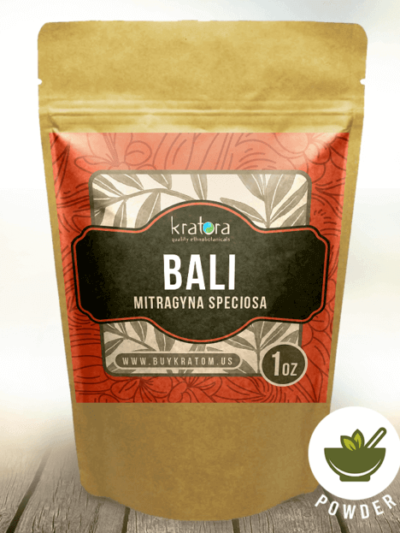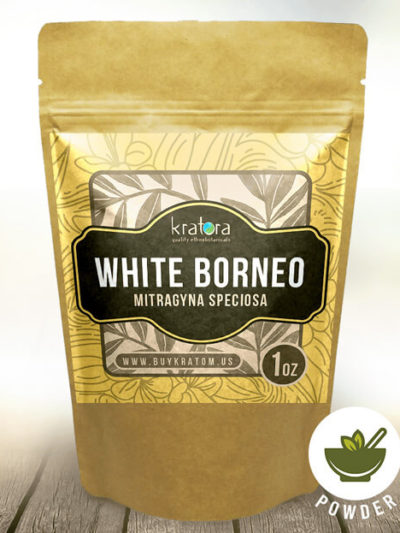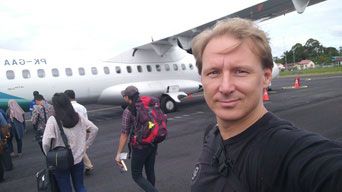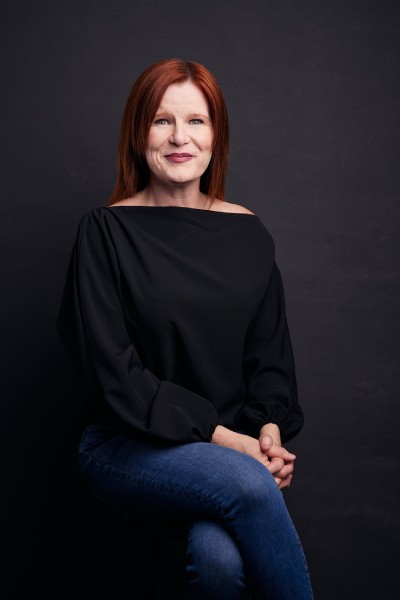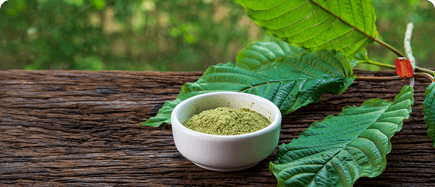One thing that makes our kratom unique is its high quality, but what makes it really special is the way it is sourced. In this article, we will explain how our kratom and kratom alternatives are grown, and how our sustainable kratom source for our US business is helping locals and the environment in Southeast Asia.
Kratom: A Southeast-Asian Jungle Treasure
As you will probably know by now, kratom, or Mitragyna speciosa, is a Southeast Asian tree belonging to the coffee family that grows in moist, tropical rainforests and produces alkaloid-rich leaves. The leaves have been used medicinally for hundreds of years for their stimulating and pain-relieving properties. Traditionally, manual laborers would chew the leaves to increase their endurance during long work days. Kratom leaves have also been used in rural areas in Asia as a supplement to assist with opiate withdrawal.
Kratom Becomes Known in the West
More recently, kratom has become more well known throughout the western world where it is most commonly used by people who suffer from chronic pain. Many of our customers may wonder where our high-quality kratom powders come from, and if our kratom leaves sourced for the USA are truly organic. We will aim to answer these two questions by telling you our story.
-
Top Seller
Maeng Da Kratom Powder
From $19.99 Shop Now This product has multiple variants. The options may be chosen on the product page Quick View -
Best Seller
Premium Commercial Bali Kratom Powder
From $12.99 Shop Now This product has multiple variants. The options may be chosen on the product page Quick View -
Best Seller
White Vein Borneo Kratom
From $11.99 Shop Now This product has multiple variants. The options may be chosen on the product page Quick View -
Best Seller
Green Malay Kratom Powder
From $12.99 Shop Now This product has multiple variants. The options may be chosen on the product page Quick View -
Best Seller
Thai Red Vein Kratom
From $14.99 Shop Now This product has multiple variants. The options may be chosen on the product page Quick View
Following the River: Where You Can Find our Kratom Source for the USA
Along the river systems of Indonesia and Borneo, small villages of people (often referred to as dayak) live in harmony with the rainforest that surrounds them. Here in the rainforest, with abundant moisture from the river and the nutrients from the volcanic soil below, Mitragyna speciosa thrives
This unique environment and the incredible people that live within it are one of the main reasons why Kratora is able to source high-quality kratom to the USA. Working with local villages in Indonesia, we were able to begin a partnership that encouraged the local people to grow and harvest kratom seedlings in their own backyards. Through this partnership, locals were able to transform a plentiful resource (so plentiful, in fact, that many locals burn kratom for firewood!) into a thriving, local economy, while we at Kratora were able to gain fresh, all-natural kratom straight from the source!

As Mitragyna speciosa is an evergreen tree, the leaves used as our kratom source for the USA can be harvested all year round. This makes kratom growing and harvesting a reliable and steady income for these rainforest communities.
Wildcraft Harvesting Kratom in the Jungle
In places where kratom is already plentiful in the jungle, our harvesters pick the high-quality kratom leaves by hand, selecting the leaves by color and age. Occasionally, they make the work more efficient by removing small branches. This works as a sort of natural pruning system, as abundant fresh new branches and buds grow back in the same place!
The process of harvesting plants sustainably from their natural environment as a kratom source for the USA is known as “wildcrafting” or “wild harvesting” and is the method that has been used by traditional peoples for generations.
Backyard Farming: A Goldmine for Locals

In other villages, locals grow the trees to the size of small seedlings and then plant them in a suitable place. The backyards of those living on the river is often an ideal choice as the river provides the kratom trees with all the moisture they need. Furthermore, the plants don’t need fertilizers or pesticides because they are endemic to the area and have evolved to thrive there.
Being able to earn a living from providing a kratom source for the USA with the trees in their own backyards means that the locals can stay home with their families instead of going off to work in the horrible conditions on palm oil plantations that contribute to widespread deforestation in the area.
Additionally, growing kratom near and on the river banks of these local villages helps to prevent erosion as the kratom plant’s roots help to tie down the soil. Unlike the palm oil industry which perpetuates further erosion of the natural soil into the river, our kratom farmers help to keep river banks stable and prevent further damaging erosion in the future. It’s a win-win situation for people and the environment!
The Benefits of our Drying Techniques

The traditional method of drying kratom leaves involves laying the leaves on a tarp outside to dry in the sun. However, this method tends to reduce the potency of the key alkaloids of the plant, so we prefer to dry our leaves at an indoor facility where the high-quality kratom leaves are turned on top of a mesh layer until they are dry. By using an indoor drying facility as part of our kratom source for the USA, we can also control factors like lighting that have an important role to play in producing the distinct kratom powder colors.
Where We Source our Other Ethnobotanicals
In our collection of kratom alternatives, you will see that we offer ethnobotanical products from all over the world. Each of these fascinating plants (like our kratom source for the USA) is purchased from its native region and community where locals are involved in harvesting and preparing the plants for export. We stock a number of species that grow naturally in rainforest habitats from Southeast Asia to South America, including:
- Mitragyna Hirsuta: This tree is a relative of kratom and grows naturally in Vietnam, Cambodia, Thailand, Malaysia, and Indonesia. The growing and harvesting techniques are similar to those of kratom.
- Sakae Naa: Another Southeast-Asian jungle plant, Sakae Naa grows in the wetlands and jungles of Vietnam, Cambodia, and Laos. Similar to the process used in our kratom source for the USA, the leaves are plucked off the plants and allowed to grow back for the next season.
- Muira Puama: This tree is native to the Amazon rainforest in Brazil and can grow up to 50 feet in height. To make our 4:1 extract powder, the bark is harvested and shredded. Like plucking off small amounts of leaves, this process does not damage or hurt the tree in any way—leaving plenty for future generations to enjoy.
- Other Plants: Our other ethnobotanicals include Akuamma from western Africa, Blue Lotus from Egypt, and Kanna from South Africa. Similar to the jungle leaves and bark, the useful parts of these plants (the seeds, flowers, heads, and roots) are harvested locally using fair work agreements and sustainable harvesting techniques.
Shop Kratora for High-Quality Ethnobotanicals
At Kratora, we strive not only to produce the purest, high-quality kratom and kratom alternatives but to channel the benefits of these sales back into the local communities that provide us with a kratom source for the USA. When you buy ethnobotanical herbs from Kratora, you can be sure that every dollar you spend is helping to strengthen communities and the environment all around the developing world!
If you would like to ask a question about ordering and shipping, you can contact us by phone or online. Shop our ethically-sourced products today!
Please note that the US FDA has not approved kratom to be sold for human consumption, sold for external use only. None of the products sold on our website are intended to diagnose, treat, cure, or prevent any disease or medical condition.
Want to learn more about kratom quality and value? Start here:
Why Buying Cheap Kratom Can Be Dangerous
Want to learn more about kratom quality and value? Start here:
Why Buying Cheap Kratom Can Be Dangerous

